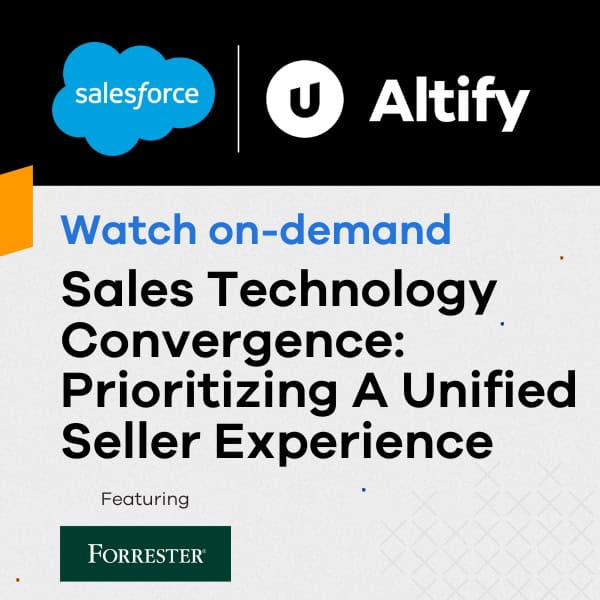I was with one of my sales team recently when he was demonstrating Dealmaker to a prospective customer. (Dealmaker is the Sales Performance Automation software platform that we provide to help sales people win more deals.) One of the modules in Dealmaker guides the sales person to select the right competitive strategy to win the sale. Based on the information entered during the demo, Dealmaker recommended a Fragment Strategy.
The customer, who was keen golfer, nodded his head, and said “Yep, it’s just like golf – sometimes you’ve got to just lay up.” I thought that was good analogy and worth sharing.
If you’re an average golfer (or a hacker like me) you’ve probably often found yourself with that 220 yard carry over water to get to that par 5 hole with your second shot. You know the smart play – but somehow you believe you can make it – just this time. Splash! Out in three, playing four, losing the hole.
Selecting the right strategy for a particular sales opportunity is like taking a golf shot – you can only choose one strategy – and then you must follow through. You cannot mix multiple strategies – otherwise you will stray off course.
The most common strategy employed by most sales people is what we would call a Frontal Strategy. It’s a ‘go for the jugular’, ‘kill the competition’ and ‘win the deal now’ approach.It’s also the strategy that is most often defeated.The purpose of a frontal strategy is to quickly and decisively subdue the competition. It’s a direct approach based on the customer’s perception of your overwhelming superiority in solution, price or reputation. Remember it’s the customer’s perception that counts.
A frontal strategy is a high risk, high gain strategy. It requires a lot of resources. It’s a blatant approach, and obvious both to the customer and the competition.To be successful with a frontal strategy you need:
- Overwhelming superiority: You need at least a 3:1 advantage over the competition that is recognized by the customer and should be based on your solution, resources, your price or another considerable advantage.
- Size and speed: What this really means is: If you have overwhelming strength, GO FRONTAL; If you can get the sale over before the competition even knows about it, GO FRONTAL; If you are 1st on the scene and you can set the agenda, GO FRONTAL
- Plentiful Resource: With a frontal approach you will burn up a lot of resources. So don’t forget to review your resource requirements before you engage.
Because a frontal strategy is blatant, you should expect a competitive reaction. Before you engage you must ask yourself:
- What’s the 3:1 solution advantage I have?
- Does the customer believe enough in my reputation to carry me through?
- Have I got what it takes – the resources – to get over the finish line – quickly?
A frontal strategy can be very effective, and very rewarding, but quite dangerous. Consider the risks before you engage and check your proof points, otherwise the competition might get the knock out blow in first.
Laying up – Choosing a Fragment Strategy: Sometimes you just know that you can’t win all of business that a specific opportunity represents. A fragment attack strategy divides an opportunity into smaller parts and focuses the customer on the subset where you feel you can be successful. If you win this piece, you will gain a foothold, and perhaps expand your presence later.Here your objective is a limited target and you are not relying on overcoming your competitors. This means that you and your competitor each will win some portion of the opportunity.
Fragment strategies work well when you position your product as a niche solution against a specific weakness in a competitor’s solution or perhaps in a single department or functional area. Alternatively, you can take a peaceful existence approach and seek to expand an existing solution with your offering.
The main considerations for you of a Fragment Strategy are:
- Is this a launching pad to exploit future opportunities within this account?
- Have you got inside support?
- Will this opportunity deliver sufficient return to justify the effort?
When you go after a piece of an opportunity, you’re probably changing the customer’s decision criteria, and for that you will need inside support.
Picking the right Competitive Strategy: As Paul continued through the demo, he chose a number of different opportunities, and Dealmaker recommended in turn, Flanking (‘Oh, that’s when you change the rules mid-round”, said the customer), Frontal (“I do like to go for it some times’), Develop (“More time on the range’), and Defend (He was stuck for an analogy here).
At the end of the demo, the customer got up and walked around the room, practicing his imaginary swing, in that distracted way you often see with weekend golfers.”So, sales is really like golf. I knew that. To make par you’ve got to select a different approach or strategy for each hole. Dealmaker is like my caddy – telling me what shot to take each time. “I think he was taking the analogy a bit too far – but hopefully he will opt to lay up when appropriate and that might help him improve his handicap -er, I mean make his quota.


